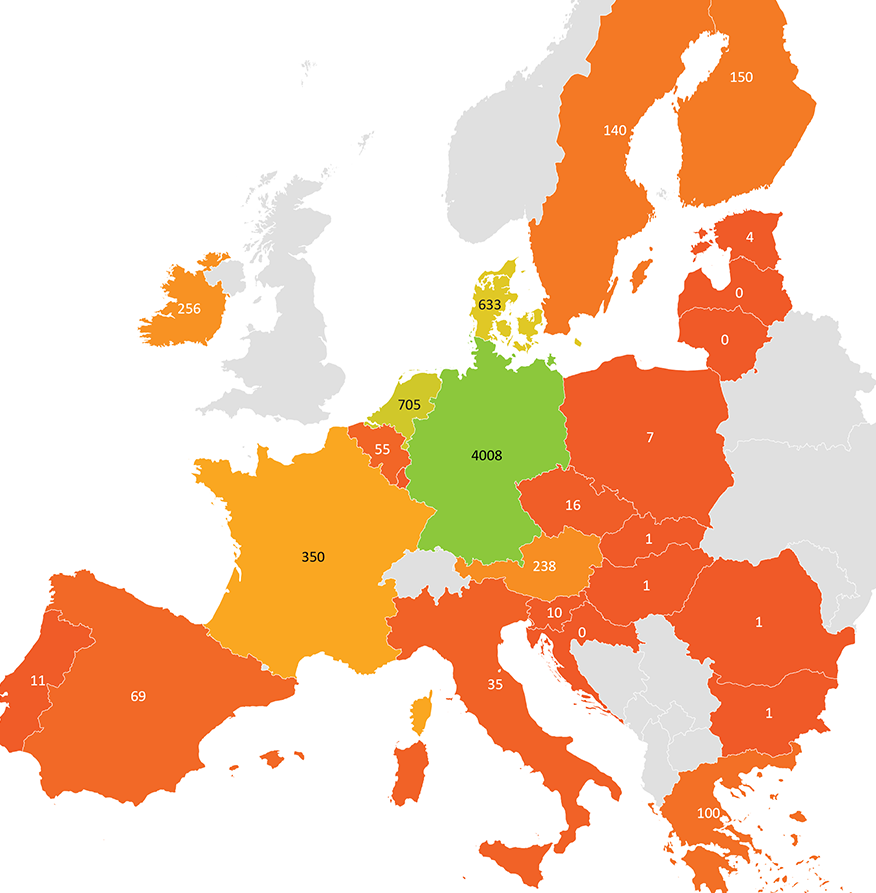Energy communities in other countries
In 2022, there were more than 9,000 energy communities in the EU. In terms of relative number per country, Denmark and the Benelux countries are far ahead. Germany also has relatively many viable energy communities.

Solar energy communities make up the largest share (over 80%), with biomass and hydropower being the second and third most common forms of energy among energy communities.
Energy communities offer climate, economic and social benefits. In addition to strengthening community acceptance of renewable energy projects, energy communities can lower electricity bills and create economic development opportunities in both rural and urban areas. National and municipal authorities can maximise these benefits and help member states to reach their 2030 and 2050 climate targets.
Improvements for national grids: By using locally produced energy, energy communities reduce the need to transfer electricity over long distances. This helps to balance the local electricity grid and alleviate system bottlenecks.
Economic benefits can be found through reduced bills for public utilities and measures against energy poverty: the energy community sells energy directly to consumers, receives direct subsidies, and operates much like a public utility company.